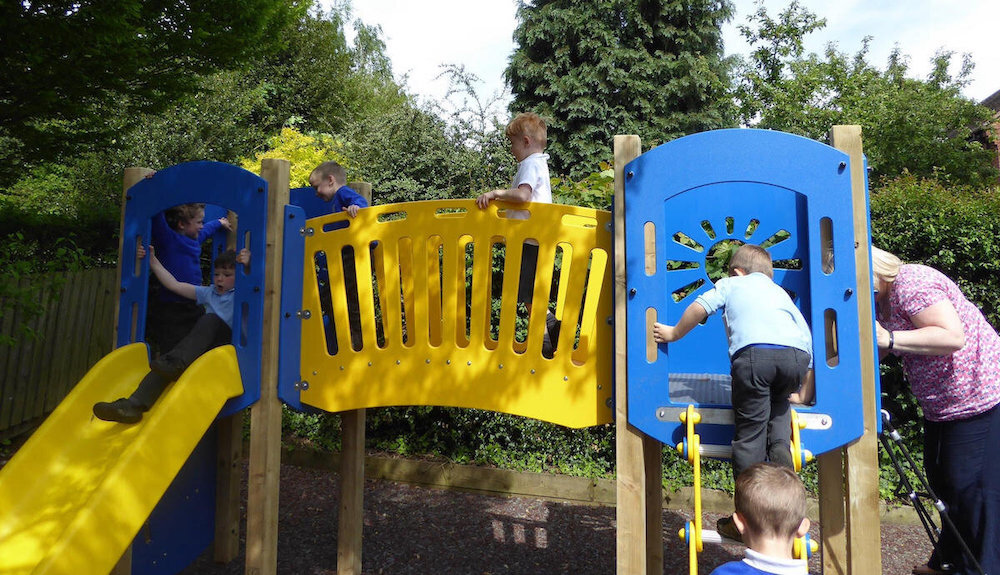OUR APPROACH TO DEVELOPMENT
At Eden Renewables, we place the community at the heart of our solar, wind and storage developments. We want to ensure that the people living and working near our projects have the opportunity to benefit from locally-generated green power. Here are some of the ways we achieve that:
Boosting Biodiversity
The continuing decline in biodiversity – particularly birds, bees, butterflies and other pollinators - is a global problem caused by climate change and more intensive farming practices.
The Eden team pioneered ecological and biodiversity improvements on solar farms; these measures have now been adopted as standard across the UK solar industry. We were a main contributor to SEUK’s Best Practice Guidance to Natural Capital on solar farms.
Each of our renewable projects has a bespoke Biodiversity Management Plan to provide habitats for wildlife such as pollinating insects and birds, which also helps support local agriculture. Read more and view our image galleries from 2018 and 2019.
Tackling THE CLIMATE CRISIS
Public concern about the climate crisis has never been higher, as recent record high temperatures and extreme weather events have impacted communities across the world. The UK government was the first in the world to set a legally binding target of Net Zero carbon emissions by 2050. Energy generation is one of the largest contributors of carbon emissions, but the good news is that power from fossil fuels, especially coal, is declining, while renewables now account for over 40% of electricity generation in the UK. But there is still much more to do – the new government has a target to triple the amount of new solar power capacity by 2030.
“Solar has huge potential to help us decarbonise the power sector.... We need to maximise deployment of both ground and rooftop solar to achieve our overall target. Ground-mount solar is one of the cheapest forms of electricity generation and is readily deployable at scale. Government seeks large scale solar deployment across the UK ”
Providing Education Opportunities
We are proud to have pioneered an industry-leading approach to educational support. We work with nearby schools to educate future consumers about the causes and challenges of climate change, and energy generation and consumption, relating this to their schools, homes, communities and the wider world. As well as classroom-based learning, we also organise and fund field trips and host online webinars with industry specialists to encourage students to consider STEM careers in fields benefiting the climate and environment. More than 10,000 young people have had workshops or site visits to solar and wind farms developed by our team. Learn more.
Pupils at a Leicestershire primary school enjoy new play equipment funded by the community benefit from Park Farm solar farm, developed by Solstice Renewables (Eden team) and operated by Belltown Power.
Giving Back To The Community
A community benefit fund is established for the lifetime of each of our renewable energy projects. Related to the overall size of the project, this is likely to amount to several thousand pounds per year. The community decides how to spend the income to bring economic, social and environmental benefits to the area.
Typical community benefit projects have included:
Bringing fibre-optic Broadband to a remote village in Devon, making a real difference to the work and social lives of people in the area
Funding rooftop solar panels for a local school so they benefit from clean power and lower bills
Providing a new tractor to help a small rural community with land maintenance
“Thanks to the community benefit fund from the solar farm, at last Ashcombe has joined the 21st century. This new Broadband technology, which has the potential to be upgraded in future, is a huge boost to everyone who lives or works here or enjoys their holidays here and should really help the local economy. ”
SHARED Community OWNERSHIP
At some of our projects, we also offer the opportunity for local communities to own a share of the wind or solar farm, working with local community energy groups and wildlife trusts.
Community-owned energy can offer huge local benefits:
Local people get preference in investment and the chance to earn a fair investment return which may be eligible for tax benefits.
Profits can be used to support local social and economic initiatives or for biodiversity and wildlife management.
A sense of ownership and control over your local energy generating assets.
In the future, we hope the local community will also be able to benefit directly from lower electricity costs, as they do at our US community solar farms, however this will require a change in energy legislation.
Supporting Rural Life
Our renewable energy projects are carefully designed to be well hidden from neighbours and the surrounding area, taking advantage of natural screening due to contours in the land and existing hedgerows and woodland. Where there are gaps, screening is improved with new hedgerows and tree planting as part of a land management plan.
Land is usually leased from local farmers. This additional source of income helps protect farmers from the volatile nature of the agricultural industry, which has been particularly challenging as extreme weather events have become more common.
Land can stay in agricultural use with sheep grazing and beehives. At some sites, we are producing our own ‘solar honey’. When the project is decommissioned, all hardware is dismantled, removed and recycled, returning the farmland back to its original form.
Where possible, we will employ local people and firms for development, construction, and ongoing maintenance.







